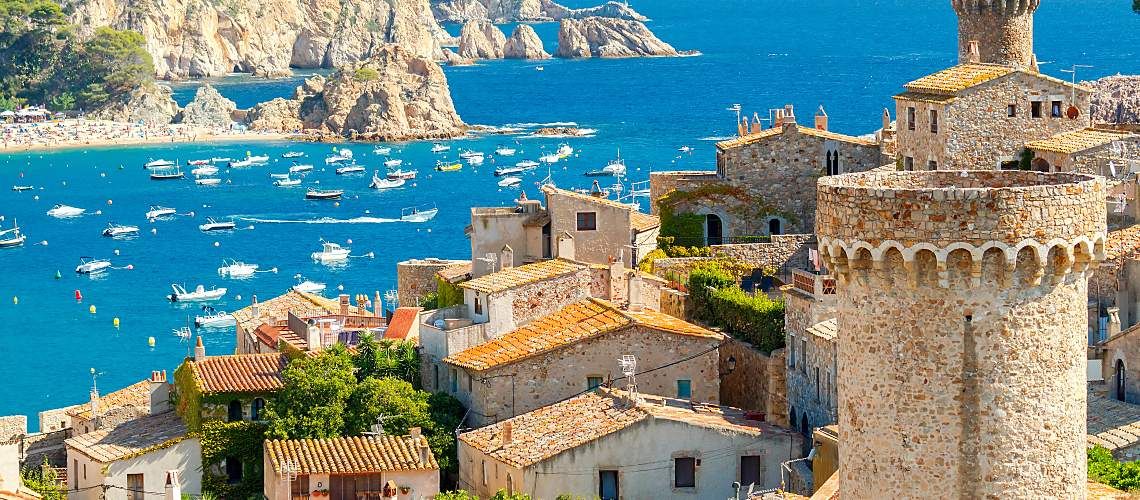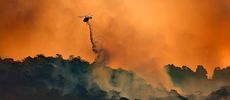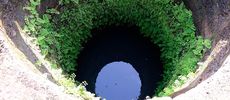Managing Seasonal Water Demands in Tourist Areas


Each year, popular tourist destinations brace for a familiar cycle: a wave of visitors, a spike in water demands, and an urgent call to stretch resources designed for a much smaller resident population. For water utilities and labs, these seasonal surges can stress systems to their limits in terms of quantity, quality, and service continuity.
From Mediterranean coasts to island resorts to ski areas, seasonal tourism reshapes how water professionals manage and test supplies. The challenges increase annually with climate variability intensifying drought risks and infrastructure not built to support growing demands. Fortunately, new technologies, policies, and cross-sector strategies are emerging to keep water flowing, without sacrificing sustainability or public health.
Here, we'll examine the water costs of tourism and the strategies implemented to manage the high season.
Evaluating the Liquid Cost of Vacation Season
In many tourist hubs, water use can double or triple in just a few weeks after the season starts. A 2024 study published in Applied Sciences found that in coastal Spain, visitors account for up to 15% of total water demand, concentrated in peak months when supplies are most limited. Drought-prone regions like Catalonia and Andalusia have even prioritized hotel and recreation and restricted permanent residents. The move has drawn scrutiny but reflects tourism's economic importance.
This surge affects utilities in multiple ways—reservoirs drop faster, pressure zones fluctuate more frequently, and demand modeling becomes more complex. Labs need to increase throughput to process water quality samples under changing conditions, especially when systems are overextended or depend on alternative sources like rainwater harvesting or desalinated seawater.
Implementing Smart Infrastructure for Real-Time Solutions
Many utilities implement smart water management systems to navigate spikes in demand. These technologies allow for real-time monitoring of flow, leakage, usage, and quality indicators. They help balance supply and generate data that can help water labs focus testing where it matters most.
A 2023 review in Water International highlighted how digital tools, including predictive analytics and IoT-based leak detection, can reduce water losses and support more dynamic allocation in tourism-heavy regions. Increased visibility into water systems also lets labs quickly identify and address quality issues and reduce emergency response scenarios.
Influencing Use From the Start
Guest behavior plays an important role in managing seasonal water demand. Utilities and tourism operators are increasingly turning to conservation messaging and subtle nudges to encourage sustainable water use, especially in hotels. For example, water management can benefit from low-tech solutions like a sign by the sink encouraging water savings and suggesting that towels be hung up and used for more than a day.
A study published in the Journal of Travel Research found that real-time feedback in hotel showers reduced water use by an average of 25%, especially when messaging emphasized environmental impact and set clear goals.
Diversifying Supply with Desalinated Water and Rainwater Harvest
Given the pressures on traditional water sources, many tourist destinations invest in technologies to produce water, such as desalination and rainwater capture. While effective in meeting quantity goals, these approaches introduce new complexities for utilities and labs.
Desalinated water requires stringent testing throughout the treatment process to ensure salinity, pH, and trace contaminants remain within safe limits. In coastal regions of the Caribbean and Southern Europe, desalination is no longer a backup—it's the main supply during peak season.
Rainwater harvesting, which is common in eco-tourism destinations, brings other concerns: sediment buildup, roof contamination, and microbial growth. Water labs play a key role in assessing the effectiveness of treatment and providing public guidance on potable versus non-potable uses.
Aligning Pricing and Policy with Reality
One of the most effective strategies for curbing excessive demand is tiered water pricing, where rates increase with higher use. A 2024 Science of the Total Environment study confirmed that utilities using this structure in drought-sensitive regions saw measurable reductions in seasonal spikes.
For utilities and labs, that moderation can reduce the strain on both treatment and testing capacity. Additionally, some regions are exploring tourist-use surcharges or impact fees, which can be reinvested in infrastructure upgrades, lab staffing, or community outreach to meet their needs.
Forming Public-Private Partnerships
Utilities are increasingly collaborating with tourism operators, hotels, and municipalities to synchronize conservation campaigns and investment priorities. This public-private cooperation includes:
- Sharing smart meter data for collective insights
- Pooling funds for lab upgrades or emergency planning
- Coordinating messaging to reduce water use without diminishing guest experience
These partnerships also help ensure that residents and tourists don't turn against each other, a vital issue in regions where seasonal surges have historically favored tourism dollars over local access.
Looking for Solid Solutions
Tourism can be both a lifeline and a liability for many communities. As climate patterns shift and global mobility increases, water surges may grow more pronounced during tourist season. But with the right tools, strategies, and partnerships, utilities and labs can deliver sufficient good-quality water to serve tourists and residents year-round.






